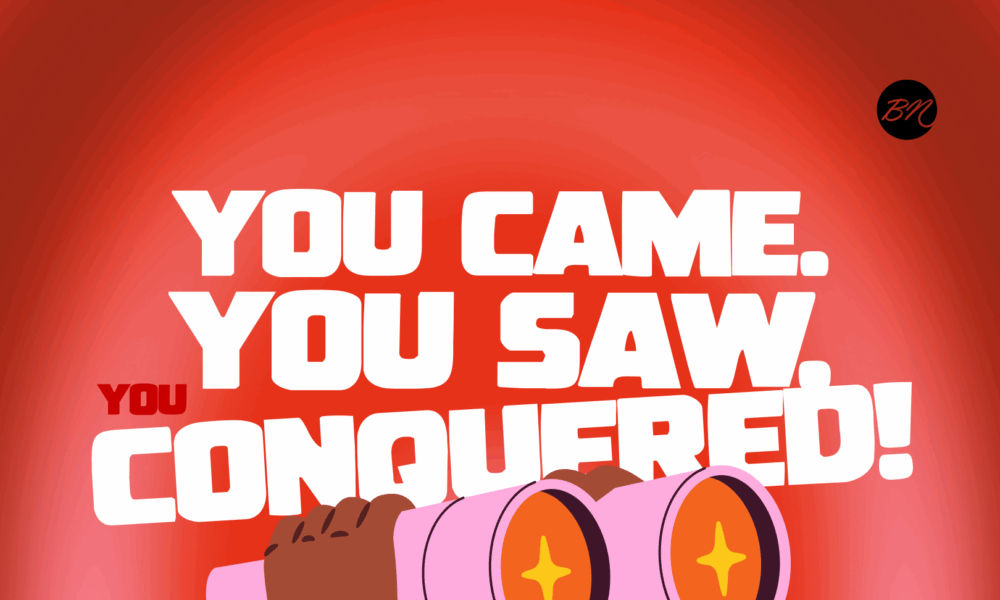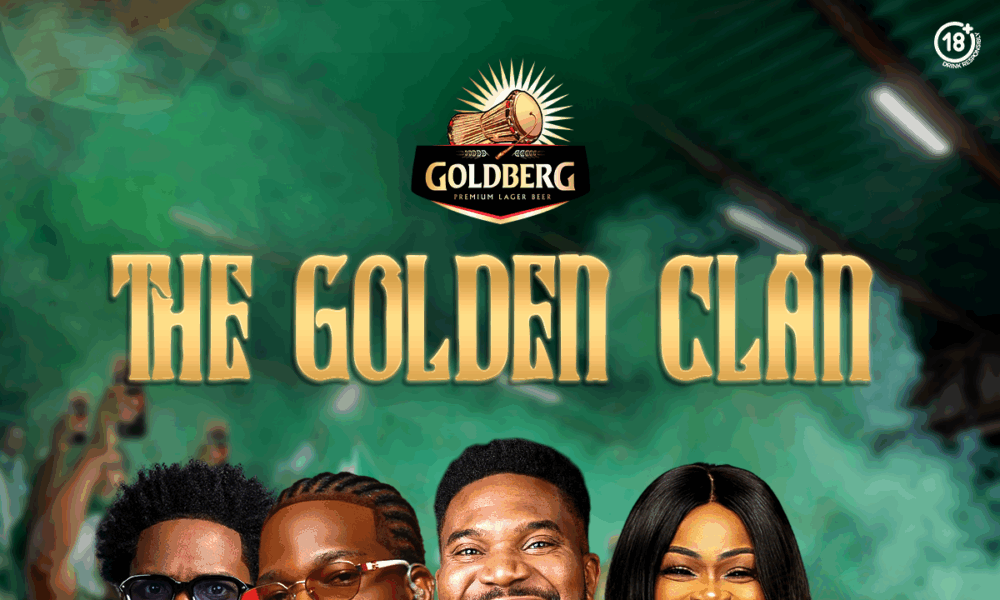Dietitian Debate: Is Viral 'Human Kibble' Trend a Recipe for Disaster?
:max_bytes(150000):strip_icc()/HealthGettyImages-628111366-357ba64423df4848ba81e4c0f13e23f2.jpg)
A recent viral TikTok video has sparked considerable interest in what its creator dubs “human kibble,” a concept that reimagines meal preparation as a large, week-long batch of chopped, cooked, and unseasoned whole foods. The term “kibble,” historically associated with pellet-like pet food since the early 20th century, is now being applied to a human diet promising simplified meal prep and abundant nutrition. Creator @myfoodisme2 popularized this trend in a January 2025 video, detailing his five-year dietary regimen consisting of unflavored chopped vegetables, chicken breast, tofu, grains, and legumes. His video, which demonstrates the process of preparing and mixing these ingredients into a substantial serving bowl, claims this concoction fuels his days with whole foods and minimal fuss, inspiring a wave of other users to adopt the “human kibble” approach.
The concept's advantages are primarily rooted in its nutritional value and convenience. As highlighted by @myfoodisme2, his one-dish meal incorporates 19 whole foods. Dietitian Emma Laing, PhD, RDN, praises meal patterns that encourage the consumption of vegetables—a frequently under-consumed food group in the U.S.—and fiber-rich beans, which many Americans lack in their diets. Laing notes that if this trend motivates individuals to incorporate new foods into their diet, it could effectively add variety and address nutrient deficiencies. Furthermore, @myfoodisme2 shared that prior to adopting “kibble,” he struggled with vegetable consumption due to taste and texture preferences. He found that finely chopping and mixing vegetables with other ingredients mitigated this issue, a strategy Laing believes could also benefit other picky eaters.
Beyond nutrition, the simplified meal planning offers significant practical benefits. Wan Na Chun, MPH, RD, CPT, owner of One Pot Wellness, points out that regularly preparing a large-batch, one-dish meal eliminates the need for complex meal planning, thereby conserving mental energy. This method can help individuals consistently meet their nutritional objectives, especially if they are tracking specific macronutrient ratios or calorie counts. For those with dietary restrictions or food-related anxiety, the predictable nature of “human kibble” can also provide a sense of comfort and ease.
Despite these potential benefits, “human kibble” presents several notable drawbacks. Experts and commenters suggest that the repetitive nature of eating the same mixture daily can lead to boredom and dissatisfaction, as humans generally crave more dietary variety than pets. To counteract this, Laing recommends rotating through a diverse array of foods with each meal prep, including different whole grains, legumes, seafood, spices, and healthy oils like extra virgin olive oil, to enhance both palatability and nutrient diversity. Additionally, the lack of seasoning, such as salt, could result in electrolyte deficiencies, particularly for active individuals who lose minerals through sweat. Chun emphasizes the importance of sufficient sodium in the diets of active people, suggesting that seasoning the “kibble” could help prevent such imbalances.
Food safety and psychological impact are also critical considerations. While @myfoodisme2’s method suggests preparing enough food to last an entire week, the USDA advises that leftovers should be refrigerated for no longer than four days to minimize the risk of foodborne illness. Furthermore, the language used around food can profoundly affect one's mentality. Chun warns that labeling meals as “kibble” can dehumanize the act of eating, making it feel mechanical rather than an experience of culture, connection, and enjoyment, which food intrinsically provides. This mindset risks stripping food of its broader social and pleasurable effects.
In conclusion, while preparing “human kibble” is not inherently dangerous if ingredients are cooked to safe temperatures, experts offer caveats. Laing cautions that it might not supply enough calories for individuals with higher energy demands, such as athletes. She also notes that abrupt changes in eating patterns, including adopting a “kibble” diet, could cause digestive discomfort. Ultimately, while food serves as fuel, its role extends far beyond mere sustenance. As Laing eloquently states, “Food is indeed fuel, but it is also a source of culture, connection, and enjoyment.” She concludes that while some individuals may find satisfaction in eating similar meals daily, most people require a more varied and flexible approach to feel truly nourished and content.
You may also like...
The Cardiopad: How An African Innovation Rewired Cardiac Care in Africa

How a medical tablet transformed cardiac diagnosis across Africa, reshaping healthcare access and proving that African i...
Fulham's Raúl Jiménez Ends Year-Long Penalty Wait with Crucial Conversion

Raúl Jiménez scored a crucial penalty for Fulham against Nottingham Forest, securing a 1-0 win and extending his perfect...
Shockwaves! Oscars Ditch Traditional Broadcast, Move to YouTube – A Win for Niche Categories?

The Academy Awards are set to make a significant move to YouTube in 2029, departing from traditional ABC broadcasts. Thi...
Exclusive: 'Assassin's Creed' Netflix Series Snags Acclaimed Director Johan Renck

Netflix's live-action “Assassin’s Creed” series has named Emmy-winning “Chernobyl” director Johan Renck as its helmer, w...
Holiday Reign Continues: Mariah Carey & Wham! Dominate Global Charts!

Mariah Carey's 'All I Want for Christmas Is You' made history with its 20th week atop the Billboard Global 200, setting ...
Sphere-Sational Debut: Timothée Chalamet Makes History Atop Las Vegas Landmark!

Timothée Chalamet has launched an unprecedented marketing campaign for his new film, "Marty Supreme," including being th...
Ashaolu Prevailer's 2025 Turnaround: From Intense Struggle to Business Success!

A 15-year-old reflects on a challenging yet transformative 2025, marked by personal illness and family financial struggl...
Wrestling Legend Goldberg Launches 'The Golden Clan' for Nigerian Football Fans!

Goldberg has launched 'The Golden Clan' campaign, bringing together cultural tastemakers Kunle Remi, Shaffy Bello, Brown...




:max_bytes(150000):strip_icc()/ways-to-use-cottage-cheese-11857099-final-51070d5dcca7424a83fc5fdba929d8fa.jpg)